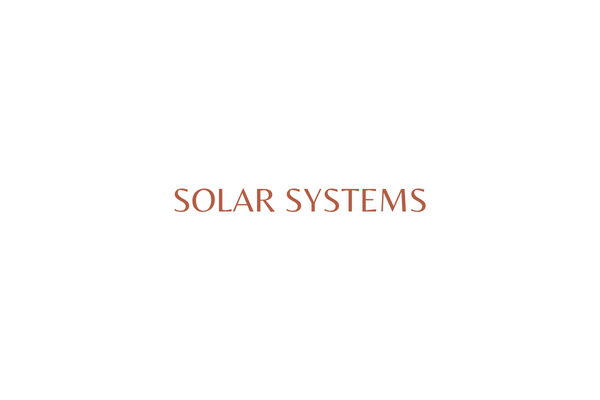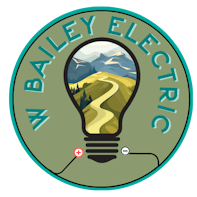
What Kinds of Solar Energy Systems Are Available and How Does a Professional Electrician Install Them?
There are three main types of solar energy systems: grid-tied, off-grid, and hybrid systems. A professional electrician can install any of these systems, but the installation process may vary depending on the type of system.
• Grid-Tied Solar Energy System: A grid-tied solar energy system is connected to the utility grid, and it is designed to supplement your electricity consumption. These systems do not store excess energy, but rather send it back to the grid, allowing you to earn credits on your electricity bill. To install this type of system, an electrician will need to install solar panels on your roof or property, a solar inverter, and a meter that can monitor both your energy consumption and the energy that you send back to the grid.
• Off-Grid Solar Energy System: An off-grid solar energy system is not connected to the utility grid and relies on battery storage to provide electricity when the sun is not shining. These systems are commonly used in remote locations or for homes that want to be completely independent of the grid. To install this type of system, an electrician will need to install solar panels, a solar inverter, a charge controller, batteries, and a backup generator in some cases.
• Hybrid Solar Energy System: A hybrid solar energy system is a combination of a grid-tied and off-grid solar system. It has the ability to store energy in batteries but can also be connected to the grid. These systems are designed to provide a reliable source of energy in case of power outages or emergencies. To install this type of system, an electrician will need to install solar panels, a solar inverter, batteries, and a backup generator in some cases.
The installation process for each type of solar energy system can vary depending on the specific requirements of your property and the system you choose. However, the basic steps for installation are as follows:
• Design: The electrician will evaluate your property and electricity needs to determine the best type and size of the solar energy system that will work for you.
• Installation of solar panels: Once the system design is complete, the electrician will install the solar panels on your roof or property, ensuring they are properly secured and oriented to maximize solar energy absorption.
• Electrical wiring: The electrician will then wire the solar panels to the inverter and connect them to your home's electrical system. This may require some rewiring or upgrades to your existing electrical system.
• Installation of the inverter: The inverter converts the DC electricity produced by the solar panels into usable AC electricity for your home. The electrician will install the inverter and ensure it is properly connected to your home's electrical system.
• Installation of other system components: For off-grid and hybrid systems, the electrician will also install a charge controller, batteries, and backup generator (if required).
• Final inspection: Once installation is complete, the electrician will conduct a final inspection to ensure the system is properly installed and functioning as intended.
Overall, the installation of a solar energy system is a complex process that requires expertise and experience. It is important to work with a licensed and qualified electrician to ensure that your system is installed safely and effectively.







